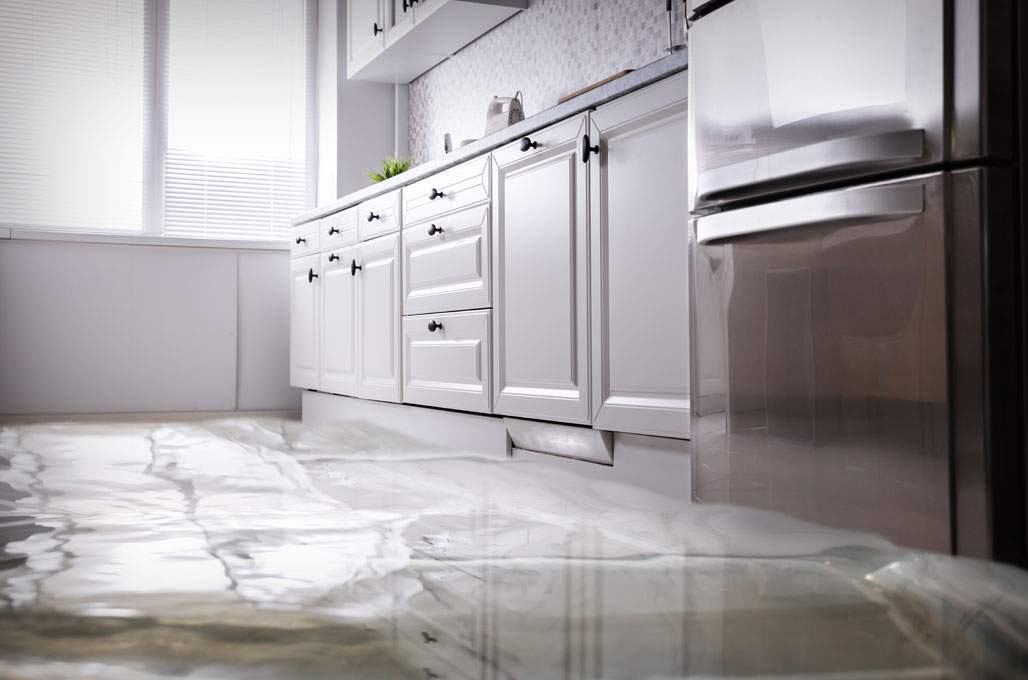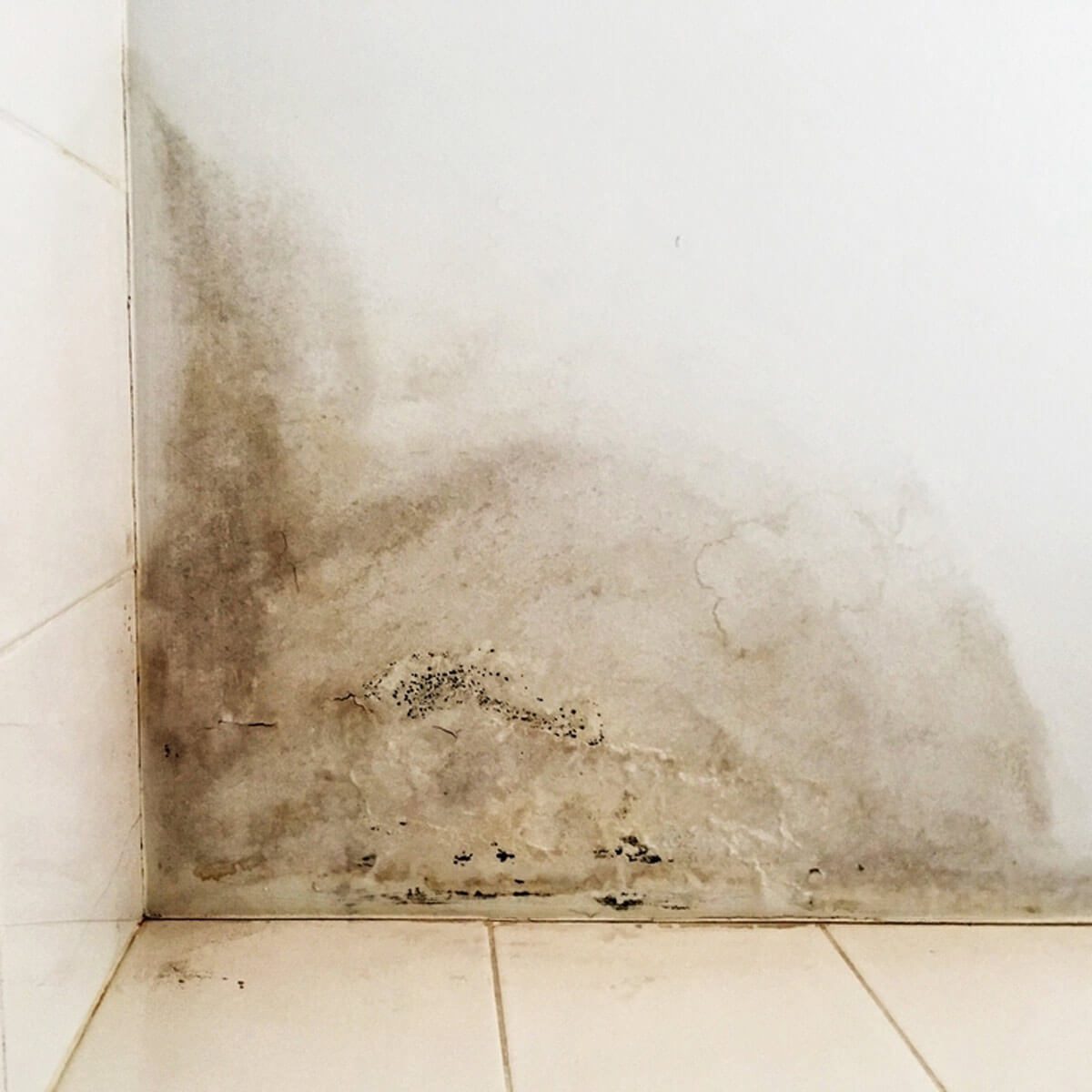Immediate Water Extraction Services to Prevent Structural Damage
The Process of Water Damages Clean-up: Ensuring Your Home Is Restored Properly
Water damages can be a daunting obstacle for homeowners, requiring a careful and organized cleaning process to bring back security and capability. damage restoration services. Following this, reliable water removal methods play a pivotal role in reducing additional damage.
Analyzing the Damages
Upon uncovering water damages, the primary step is to extensively assess the extent of the impact. This initial evaluation is important, as it assists identify the needed steps for efficient clean-up and remediation. Begin by examining the impacted areas, including walls, ceilings, floorings, and personal items, to recognize the resource of the water invasion, whether from flooding, leakages, or condensation.
Recording the damage is vital for both insurance coverage claims and planning remediation efforts - damage restoration services. Use photographs and created notes to record the extent of the damages, keeping in mind any type of affected structural elements and products. Pay unique focus to locations that might not be right away noticeable, such as behind walls and under carpets, as hidden dampness can bring about further problems, including mold and mildew development
Furthermore, assess the timeline of the water direct exposure. Ultimately, a thorough assessment lays the foundation for an effective water damage cleaning process, making sure that all affected areas are resolved efficiently and extensively.
Water Extraction Methods

Professionals normally employ submersible pumps for larger volumes of water, which can swiftly alleviate flooding in basements or other affected areas. For smaller quantities, wet/dry vacuums are typically made use of to remove recurring dampness from carpetings and hard surface areas. Additionally, making use of mobile extractors permits for targeted elimination in confined areas or areas with delicate materials.
In instances of contaminated water, such as sewage or floodwater, advanced removal strategies might entail the usage of biohazard devices to make sure safety and security and conformity with health and wellness guidelines. High-powered removal tools are important in lessening water retention in structural materials, which can lead to mold development and architectural deterioration otherwise resolved without delay.
Eventually, the efficiency of water extraction techniques plays a pivotal duty in the general success of the water damage cleanup process, laying the groundwork for subsequent restoration initiatives.
Drying and Dehumidification
When standing water has been effectively removed, the following essential stage in the water damages clean-up procedure is drying out and dehumidification. This action is necessary to stop additional damages and mold and mildew development, which can take place within 24 to 2 days in moist settings.
To achieve reliable drying, specific tools such as industrial-grade air movers and dehumidifiers is utilized. Air moving companies distribute air throughout wet surface areas, enhancing dissipation prices, while dehumidifiers decrease moisture levels airborne, promoting a favorable setting for drying. The mix of these tools makes certain that dampness is drawn out from floorings, wall surfaces, and home furnishings, permitting them to dry extensively.
It is necessary to monitor the drying procedure very closely. Professionals typically use moisture meters to analyze the wetness content in numerous products, making certain that all influenced areas get to acceptable dryness degrees. This precise strategy aids to avoid concealed moisture pockets that can cause structural damage or undesirable mold and mildew development.

Cleansing and Sanitizing
After the water damage repair drying out and dehumidification stage is complete, the next vital action in water damages cleanup is cleaning and disinfecting the influenced locations. This procedure is crucial to stop the growth of mold, bacteria, and various other virus that grow in wet settings.
The cleaning phase generally involves removing any particles, dust, and impurities from surface areas making use of specialized cleansing representatives. For tough surfaces, a combination of soap and water or commercial cleaning items is often used. Soft products, such as upholstery and carpets, might need much more substantial cleaning approaches, consisting of heavy steam cleaning or deep removal methods, to ensure complete sanitation.

Sterilizing follows cleansing, utilizing EPA-approved disinfectants to remove harmful bacteria. This action is vital, particularly in areas that might have come into call with floodwaters or sewage, as these resources can position significant health and wellness threats.
Furthermore, it is important to attend to any staying smells, which may need using odor neutralizers or innovative techniques like ozone treatment. Correct cleaning and sterilizing not just recover the safety and hygiene of your home but additionally prepared for effective reconstruction and repair work in succeeding phases of the water damage clean-up procedure.
Reconstruction and Repair Work

As soon as the evaluation is complete, restoration initiatives can begin. Additionally, floor covering may require comparable interest, depending on the degree of water direct exposure.
It is important to engage seasoned repair experts during this procedure, as they possess the competence to deal with intricate repair services properly. They can assist mitigate possible future issues, such as mold and mildew development or structural instability, therefore ensuring a secure and habitable living atmosphere. Ultimately, efficient restoration and repair services restore the home's stability and boost its general worth.
Conclusion
To conclude, the procedure of water damage clean-up is critical for bring back a home to its pre-damage problem. Each phase, from examining the damages to executing efficient water removal techniques, complied with by detailed drying, look what i found sterilizing, and essential repair work, plays an important function in making sure safety and security and compliance with building requirements. Efficient implementation of these actions not just mitigates immediate damage however additionally boosts the lasting integrity and value of the building.
Water damage can be a complicated difficulty for house owners, requiring a precise and structured cleaning procedure to bring back security and functionality. Inevitably, a thorough analysis lays the foundation for an effective water damage cleaning procedure, making sure that all impacted areas are resolved successfully and extensively.
Reliable water removal techniques are vital in alleviating damages and avoiding additional problems adhering to a water invasion event.In conclusion, the procedure of water damage cleaning is vital for restoring a home to its pre-damage problem. Each phase, from assessing the damages to implementing reliable water extraction methods, followed by detailed drying, disinfecting, and needed repairs, plays a crucial function in making certain security and conformity with building requirements.